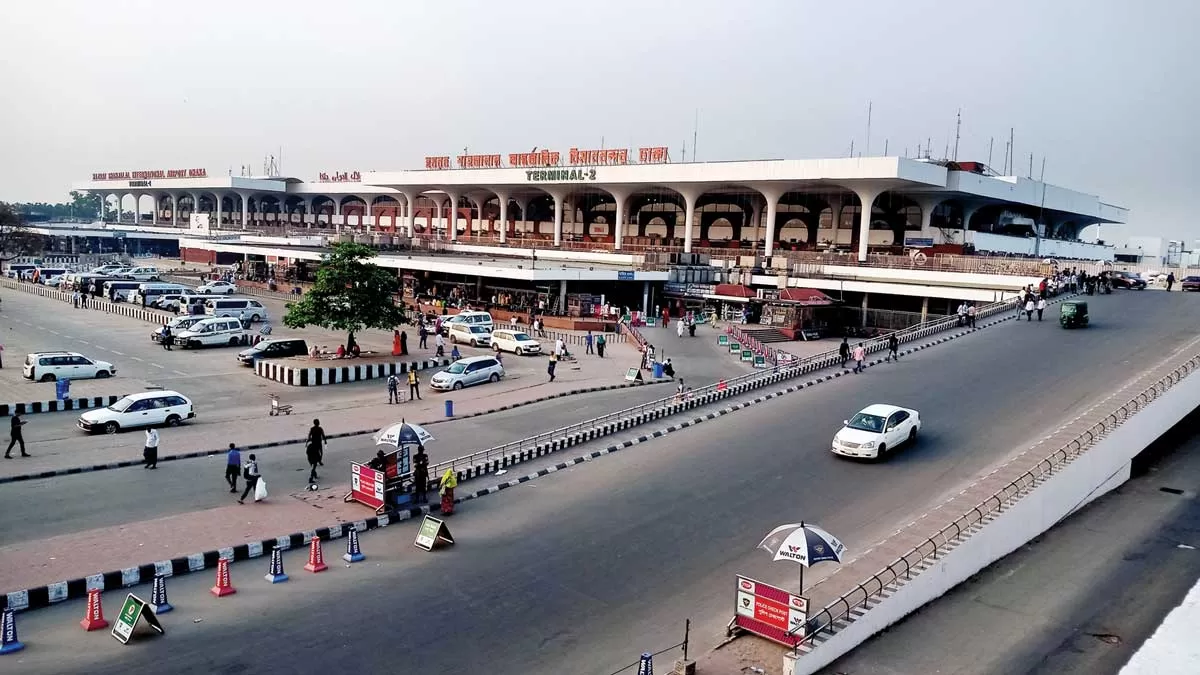By the year 2027, a monumental addition is set to grace the landscape of the Indira Gandhi International Airport's Aerocity in Delhi?a sprawling retail marvel, poised to claim the title of India's largest mall. Spanning an impressive 2.8 million square feet, this ambitious venture is part of the Worldmark Aerocity expansion project, a colossal undertaking valued at $2.5 billion, as highlighted in a report by the Times of India.
The overarching vision for Worldmark Aerocity extends beyond mere retail dominance, aiming to establish India's pioneering aerotropolis?a dynamic urban expanse centered around aviation infrastructure. Projections suggest an exponential growth, with the aerotropolis anticipated to burgeon eightfold within the ensuing five years.
At present, Aerocity boasts 1.5 million square feet of leasable space, with expansion blueprints outlining an additional 10 million square feet across two phases by 2029. The Times of India report paints a vivid picture of a thriving global business district, poised to undergo a substantial 6.5 million square feet enlargement, culminating in a staggering 18 million square feet of leasable area. This expanded landscape is envisioned to encompass corporate offices, retail emporiums, culinary havens, expansive malls, and vibrant public spaces.
The responsibility for steering this monumental development falls into the capable hands of Bharti Realty, entrusted by Delhi International Airport Ltd (DIAL), backed by GMR, with the Aerocity's evolution. Bharti Realty holds the lease for Aerocity, aligning seamlessly with DIAL's stewardship of airport development and operations, while governmental ownership remains unaltered.
Looking ahead to phases 2 and 3 of the Aerocity expansion, SK Sayal, the Managing Director and CEO of Bharti Realty, underscores a requisite investment of $2.5 billion. This financial endeavor will be fueled by a strategic blend of debt and equity. Phase 2, slated to commence imminently and conclude by March 2027, heralds the advent of Worldmark 4, 5, 6, and 7, boasting an expansive 3.5 million square feet of leasable space. The pi?ce de r?sistance of this phase is undeniably India's largest mall, spanning 2.8 million square feet?surpassing existing Vasant Kunj malls thrice over.
In tandem with this monumental retail expansion, provisions are made for underground parking facilities accommodating over 8,000 vehicles, as per the Times of India report.
Currently, Aerocity's hospitality domain boasts 5,000 rooms across 11 hotels, including esteemed names like JW Marriott and Accor Group. With the culmination of Phase 2, this inventory is set to burgeon to 7,000 rooms across 16 hotels, welcoming prestigious brands like St Regis and JW Marriott Marquis.
Beyond its commercial prowess, the completed Aerocity is projected to accommodate 2 million professionals annually, with an anticipated footfall of over 30 million. This surge in activity bodes well for the Indira Gandhi International Airport, potentially elevating its annual passenger throughput to over 100 million. Plans are also underway to replace T2 with the substantially larger T4, further augmenting the airport's capacity to serve over 140 million travelers yearly.
In anticipation of this burgeoning activity, Delhi International Airport Ltd is spearheading the development of India's inaugural interstate multi-modal transport hub adjacent to the Aerocity metro station. This strategic nexus is envisioned to seamlessly integrate an interstate bus terminus, the upcoming Phase 4 line of the Delhi Metro, and the Rapid Rail Transit System station, inclusive of the automated passenger mover or air train.
Discussions between DIAL and the Union aviation ministry are underway to determine the optimal configuration of the proposed air train, linking T1 with T3/2 (or T4 in lieu of T2 in the near future). While DIAL advocates for two air train stations within Aerocity, the ministry leans towards minimizing stops to facilitate expeditious intra-terminal transfers.
Amidst this grand narrative of growth and progress, it's worth noting some of India's other colossal retail edifices. From the LuLu Mall in Kochi, inaugurated in 2013, sprawling across 2.5 million square feet, to Mumbai's Phoenix Marketcity and Noida's DLF Mall of India, each a testament to India's unwavering appetite for retail extravagance and architectural splendor.





















